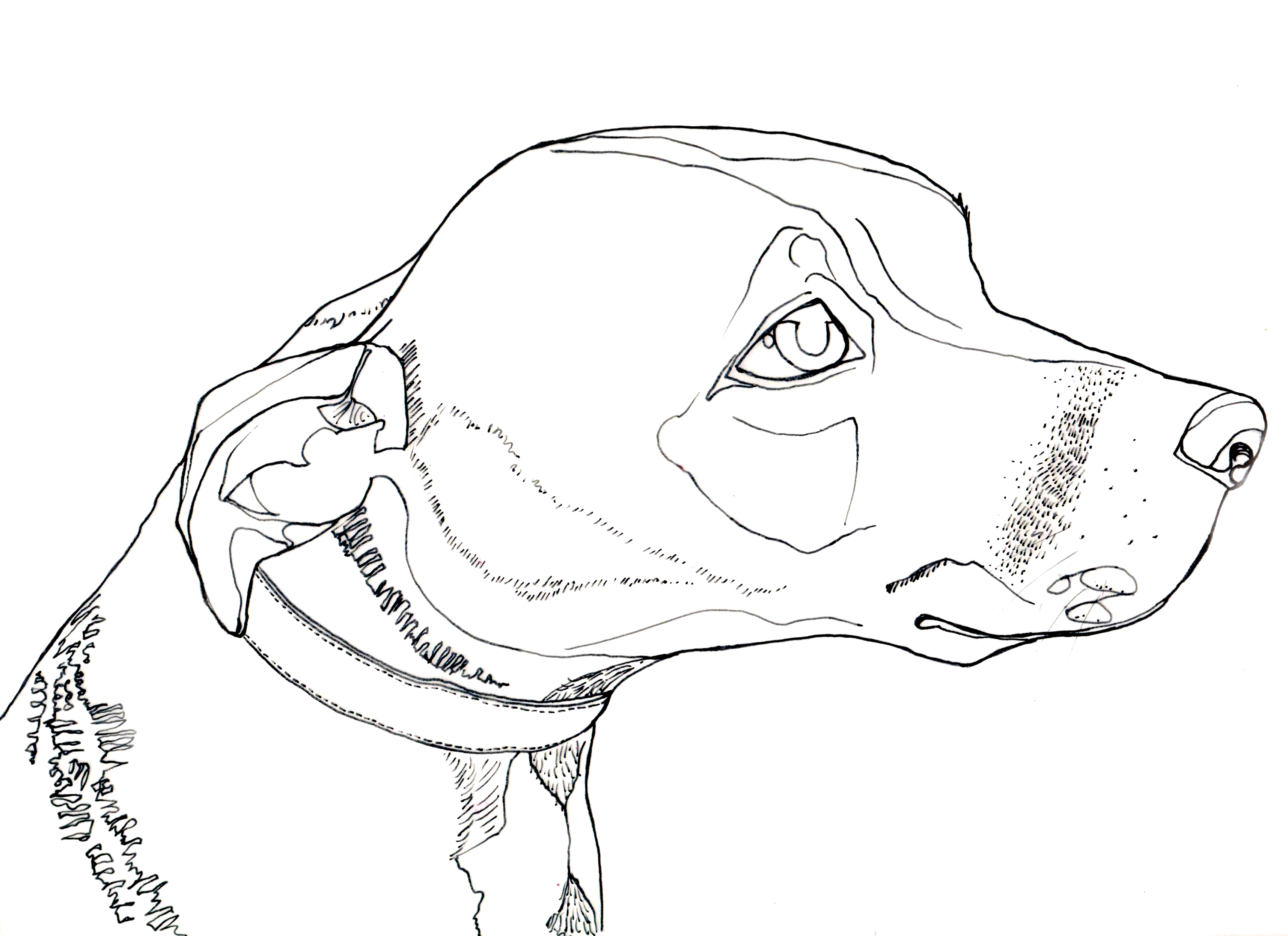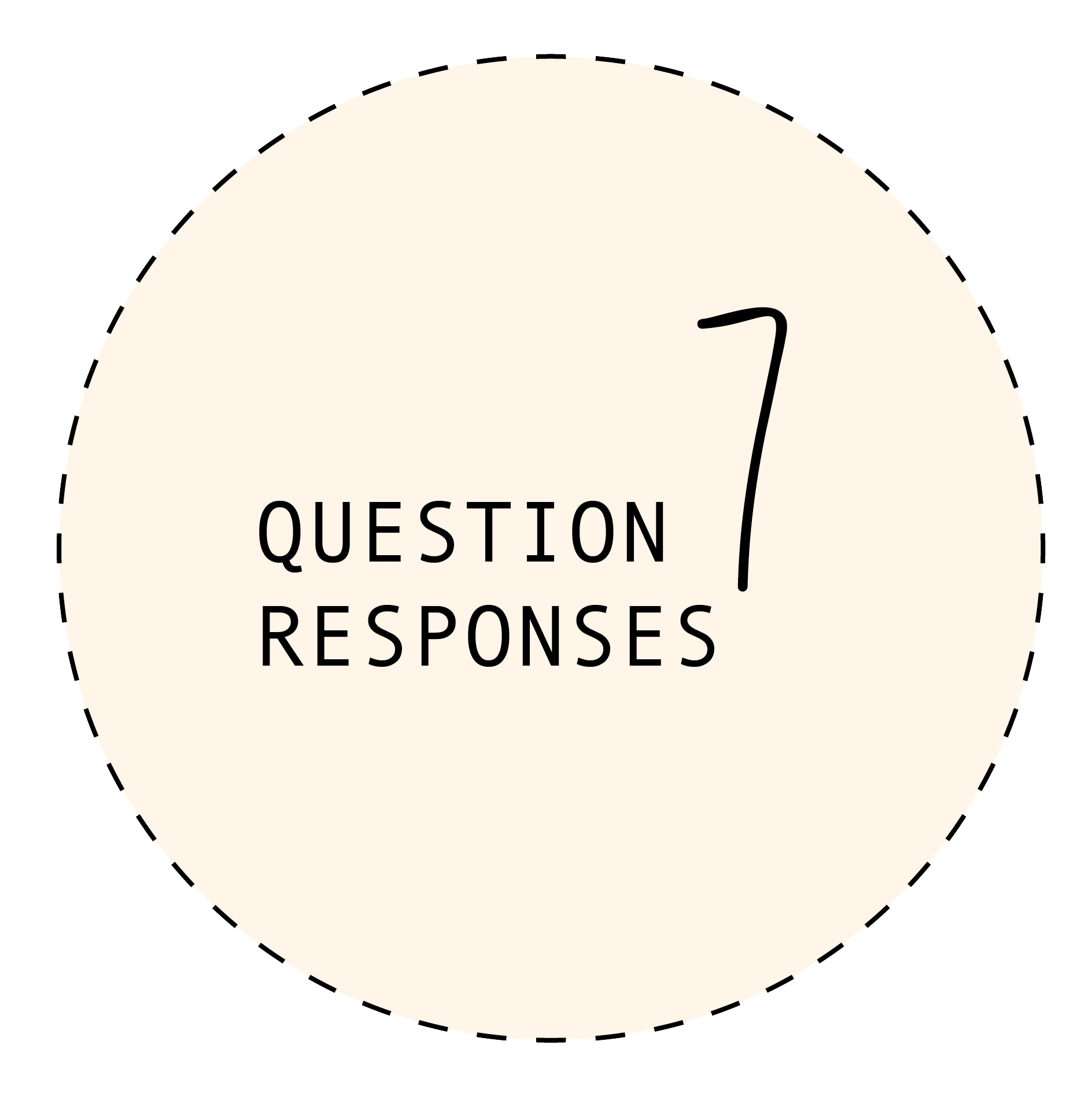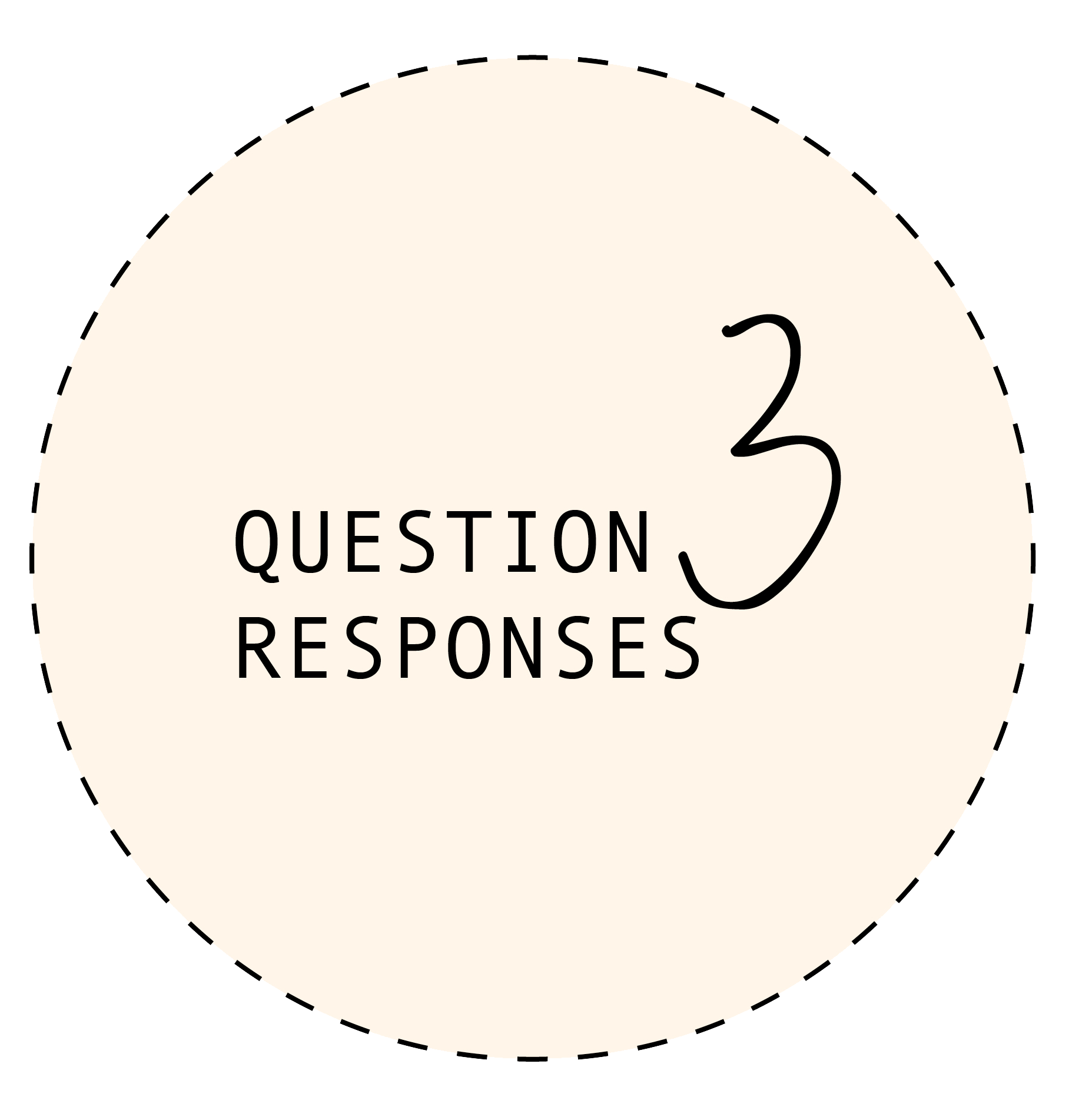
ON THIS PAGE:
STRUCTURE AND PROGRESSION OF CHANGE
3] EVOLUTION OF BEHAVIOURAL INSTINCTS
LINKS TO THEIR WILD EQUIVALENTS
RESULTANT PSYCHOLOGICAL ISSUES IN A KENNEL ENVIRONMENT
FOUNDATIONS OF PROMOTING PSYCHOLOGICAL CONTENTMENT
RESPONSES TO ENVIRONMENTAL STIMULI

2] KENNEL DESIGN;
STRUCTURE AND PROGRESSION OF CHANGE
Ultimately, it is questionable the extent to which shelter design contributes to aggressive or unsociable tendencies within a kennel environment.
The stereotypical design of a kenneling system incorporates general physical requirements for the animal, including indoor sleeping areas and outdoor compartments. Supported by undertaken site visits to Shelters A and B, this layout is commonly incorporated with a central hatchway mechanism, of which is useful for preventing animals escaping during daily routines of e.g. cleaning. Kennel flooring is frequently concrete, a cheap, durable and hygienic material. Kennel structure varieties include the "H-Block", "Circular" or the most widely used system of "Corridor" kenneling. The type of kennel used is subject to site specifications, considering key factors such as "time period when the kennel was built, available land and building materials, and available finances" (The University of Glasgow, 2014).
All of the stated factors represent physical and financial limitations; yet interestingly, the consideration of the animals’ psychological state does not appear to be as influential. This information of purpose and materiality of shelters is crucial when linking to healing architecture, depicting if the two uphold any similarities or differences in their approach.
1] BACKGROUND INFORMATION;
THE CURRENT ISSUE
The dog, canis familiaris (Serpell, 2002 (italics in original)); originally depicted as man’s best friend, has since become the victim of a socially and economically unbalanced society. Recession stricken, the numbers of available rescue shelters have plummeted; whereas the numbers of unwanted and abandoned dogs are adversely rising. This growing issue, caused by mass irresponsibility of dog owners, over-breeding and an ego-orientated generation using the Bull Terrier breeds as status dogs (Stevens, 2010), is inflicting negative consequences on currently strained UK shelters. With thousands of homeless dogs on the waiting list for re-homing shelters and increasing pressure for available kennel spaces, the perception of disposability is slowly being imposed on shelter dogs (Jones, 2010). Figures from the RSPCA, the UK’s leading animal welfare charity, state, “for the past five years … 46% of animals rescued by the charity were put down”, with 3,400 of them being for “non-medical reasons” (Craven & Wallis, 2012).
With minimal kennel spaces available, the dogs with high eligibility for adoption will prevail over those who show signs of aggression within shelters, as these animals will need time, money and resources spent on them to undergo the process of rehabilitation (Blake, 2010; Donaldson, 2000). Due to the brutality of past experiences, minorities of rescued animals have descended past the point of return and cannot be rehabilitated. Nonetheless in some cases, curable behavioural traits can create the instant assumption of an unsociable, unpredictable dog; linking back to lack of current time and resources (Donaldson, 2000). The question poses as to why, within a world of human mental illness, is this notion not considered in terms of dogs, who equally possess past experiences of trauma and emotional instability (HoundsTownUniversity, 2013, Video 1). This depth of psychological analysis is eliminated in this context, with the resultant simple diagnosis being either life or death. (HoundsTownUniversity, 2013, Video 2).
Site visits to Shelter ‘A’ and Shelter ‘B’ developed first-hand insight into whether the design of animal shelters across counties upheld any striking differences in structure, methods and resultant effects. Choosing sites not within close proximity to one another I felt encouraged a wider perspective to my investigation.
SHELTER 'A'
SITE VISITS


'Free-range' paddocks allowing freer contact from handler to dog using a long lunge rope.
Remain under control for safety reasons.
The main walking paddock allows the dogs to exert pent up energy.
No socialisation of dogs, to the point of only one dog being allowed in the paddock at once.
Three kennel blocks housing 17 parallel pens. Straight structure with narrow walkway for access.
Hard materiality created a deafening echo throughout the complex, particularly when barking erupted.
Instinctively felt very grey, cold and uncomfortable.
Meeting areas allow for adopters to interact with their potential dog outside of the kennel.
Close proximity of main kennel blocks means the hype and noises are still present, thus distract the dog.
Cold materiality of metal barriers and concrete flooring maintains the unsettling environment.

SHELTER 'B'
The shelter relies almost solely on volunteers to give the dogs extra love and attention they need.
When choosing a dog to walk, the remaining dogs are shut on the outside run to ensure the dog walks past empty inside pens. This is to discourage unsociable acquaintances between dogs, including snapping at the caging.
‘K9 Story Telling and Relaxing with the Dog’
This procedure requires the volunteer to bring in a book, sit in with a dog and read to it. Discourages the over-excited, off-putting behaviour a dog displays when seeing a person approach their kennel by accustoming the dog to a slower, calmer presence.
MEASURES OF CALM?
Separate block for staff only. Off-limits to the public allowing for a slightly calmer atmosphere without frequent visitors.
Systematic 'Corridor' system as the main kennel block, and Shelter 'A's facility.
Beige colouration of the tiles (instead of grey at Shelter A) uplifted the mood slightly, yet the materiality still upheld a cold, hard feel to touch.
Small laundry rooms used for one-to-one socialisation.
Encourages stimulation and human interaction.
Soft materiality of mass towels softened the atmosphere.
Maintaining the 'Corridor' kennel system, consists of largest amount of kennels in each block.
Open to the public.
Most behaviourally content dogs, of which can cope in a kennel environment.
Outside runs of the front block have views onto grass area. Back block is more private and has views of the restrictive fence.
Front block dogs used their outside run more frequently in comparison, potentially due to varied visual stimulation and greater awareness of their surroundings.
 Kennel layoutSystematic. Dark. Narrow. |  Noisy. Cage. Harsh. |
|---|---|
 Claustrophobic. Metallic. Cold. |
Physical stimulation
Likewise to Shelter 'A', it relies heavily on volunteers to help undertake mandatory and extra activities. Dogs are given 1 x walk daily across a route consisting of 4 fields. The route took the dog completely out of the environment of a kennel until the facility could not be seen or heard. Allowed for some release of pent up energy.
Psychological stimulation
One to one socialisation with the dogs through volunteers.
Calming
More aware of individual dogs, the extent to which facilities allow. Use of off-limit 'Case Dog' block to house dogs which cannot cope with the main kennel block. Design and layout remains the same, just with slightly reduced noise levels.
Radio plays within the internal area of the 'Case Dog' blocks to implement calm. However, this did not appear to soothe the dogs that maintain a constant level of stress.
PHYSICAL & PSYCHOLOGICAL STIMULATION?
APPROACH OF CALM?
SCROLL OVER IMAGES ABOVE FOR DESCRIPTION
OF THE SHELTER ENVIRONMENT
MY MODEL INTERPRETATION
The domestic dog has become a captive animal within a constrained cell. The notion of dog psychology is relatively limited even to this day (Serpell, 2002, p.99), thus to gain understanding of resultant psychological effects of a shelter environment, I have briefly investigated into the mentality of wild animals in captivity, likewise determine whether the dog has inherited its mentality from their wild ancestors, which may justify adverse behaviour in a shelter environment.
‘Fight or Flight’
Wolves survival trait of ‘fight or flight’ remains instinctive to the domestic dog. If unable to transcend a situation or to escape an unfamiliar intruder, (such as people hovering in front of their kennels), dogs will perceive this as threatening and instinctively aim to protect themselves. To remove the threat, visual communicative body language such as a direct stare or snarling is set in place. Failure to do so provokes the dog’s inability to rationalise the situation, causing fear to turn into aggression (O’ Brien, 2014; Mullinax, 2006; Serpell, 2002, p. 87,88,89).
Unlike their cognitive wild equivalents, the adult domestic dog only develops to the mentality of a 10-30 day old wolf juvenile. As a juveniles natural defense mechanism is through aggression, this lack of mental maturity results in the increased probability of aggressive tendencies in dogs (Mission: Wolf, 2015).

Captive wild animals uphold minimal control of their daily activities, commonly following a strict and repetitive structure of daily events. Individual species each have their own unique repertoires and instinctive behavioural patterns to satisfy. If restricted, that animal cannot achieve psychological content, and in the long-term leads to chronic stress (Berghammer, 2008). Likewise, the abnormality of a kennel environment manipulates a dog’s psychological state, contributing to atypical aggressive behaviour (Donaldson, 2000).
3] EVOLUTION OF BEHAVIOURAL INSTINCTS;
LINKS TO THEIR WILD EQUIVALENTS

ANIMALS IN A CAPTIVE ENVIRONMENT
Wild
Despite generations of selective breeding, dogs have inherited select behavioural traits from their wild ancestors, the suppression of which contributes to signs of aggression. In order to inform my hypothesis whether calming architecture could rectify aggressive behaviour, I must first investigate the extent to which a kennel environment restricts the satisfaction of their primitive needs.
WOLVES - DOGS
Pack Mentality:
The principles of pack behaviour maintain a strong connection to the domestic dog. As a wild wolf pack uphold set alpha and subservient positions, domestic dogs live amongst their equivalent family pack (Puppy-Dog Blog, 2010). Stripped of this social foundation, shelter dogs commonly develop separation anxiety, caused by the inability to cope without the role of their alpha; their late owners.
Being separated from their established pack, coupled with sudden social isolation within a kennel environment (as per Shelter ‘A’s methods), promotes anguished reactive behaviour, including intense distress vocalising and destruction of objects (Donaldson, 2000).
Physical vs. Mental Stimulation
Supported by my observations, during my volunteering experiences at Shelter ‘A’ and ‘B’, both facilities tried to ensure each dog got one daily lead walk. However, wolves’ natural activities act within sharp contrast. Wild animals such as wolves will not exercise when all “physiological criteria are met through food abundance, shelter and there is an absence of predation animals” as stated by M.W. Fox. (1989 pp. 21-31) by Mullinax (2006).
The shelters daily walk discourages mental stimulation, restricting dog’s natural instincts to explore their environment as they would off-lead. This supports the underlying association of control within a shelter environment; frustration heightens when the dog’s natural behaviour is constrained (Mullinax, 2006; Donaldson, 2000).
1
2
3

4] THE DOMESTIC DOG;
RESULTANT PSYCHOLOGICAL ISSUES IN A KENNEL ENVIRONMENT
This susceptibility to aggression, in some cases, is explosive within an unnatural kennel environment; forcing the dog to face unfamiliar threats whilst being spatially trapped. I am going to focus on the behavioural traits and aggression types triggered by the kennel environment, subtly identifying whether calming architecture could relieve these issues.
Inevitably, confined solitude inevitably provokes deteriorative behaviour atypical from normal character. As supported by site visits to Shelter’s A and B, commonly dogs have a static, restrictive view to the outside world. Passers-by form the only visual glimpse of what’s happening around them, a focus a dog may only have as a means of mental stimulation. Despite being in such close proximity, their instinctive urge to explore and meet is constantly eradicated. This continuous psychological dissatisfaction promotes barrier frustration, coupled with the association of passers-by to agitation. When the opportune moment comes, e.g. being taken for a walk, built up frustration is unleashed causing intense, unsociable behaviour (Donaldson, 2000).
As supported by Thayne (2014), shelters do not house dogs together without the appropriate resources to guarantee safety of the dogs. Dogs experience feelings of isolation after lack of interaction for days or weeks on end in a shelter. This promotes “compulsive behaviours in the form of pacing, circling, bouncing off walls and self-directed behaviour and, at best, over-excitement on those occasions when the dog does get social contact” (Donaldson, 2000). Recognised at Shelter ‘A’, this behaviour wrongly labels a dog as unmanageable and hyperactive – an off-putting trait to potential adopters (O’Brien, 2014; Donaldson, 2000).
On the contrary, it may not be the dog’s intention to explore passers-by and may in fact, withdraw into themselves. Dogs uphold individual fears and phobias, such as fear of being in a novel or threatening situation – an adaptive trait in wild animals, but commonly unexpected in the molded idolisation of the domestic dog (Serpell, 2002, p. 87,88,89).
Fear aggression is a frequently misused term for dogs that are simply anxious due to their unnatural, seemingly threatening surroundings. Linking back to the ‘fight or flight’ mechanism, as the ability to escape kennel confines is unavailable; they have no choice but to react in an aggressive manner (HoundsTownUniversity, 2013, Video 1; Shelter Revolution, 2012).
Aggression is defined as the intention to do harm – fear aggressive dogs do not intend to do harm, but are conducting an aggressive display out of fear (Rogerson, 2010). Confrontation of said fear provokes a rush of misfiring neurons, and given the inability for dogs to think rationally, will repeat itself and get worse as the ‘fight or flight’ brain engagement stops the learning process (HoundsTownUniversity, 2013, Video 2; HoundsTownUniversity, 2013, Video 1; Mullinax, 2006).
RESTRICTION OF INSTINCTS
RESULTANT BEHAVIOUR
FEAR AGGRESSION
Case Studies
AFFECTS OF A KENNEL ENVIRONMENT
CHANGE OF MENTALITY WHEN REMOVED?
PLEASE CLICK EACH BADGE FOR
FULL BLOG POSTS
NEGATIVE
IN-KENNEL BEHAVIOUR
POSITIVE
IN-KENNEL BEHAVIOUR
NEGATIVE
OUT-OF-KENNEL
NO CHANGE
OUT-OF-KENNEL
POSITIVE
OUT-OF-KENNEL
GAINING A PROFESSIONAL VIEWPOINT
Questionnaires

1. What is your occupation?
____________________________________________________________________________________________________________________________________________________________________________________________________________________________________________________________________________________________________________________
2. How do you believe current dog shelter designs affect dog behaviour - Positively / Negatively / No affect?
Please state your reason for your choice.
____________________________________________________________________________________________________________________________________________________________________________________________________________________________________________________________________________________________________________________
3. Do you believe that if given the right environment to rehabilitate, more dogs would be less 'aggressive' in shelters, and have the chance of becoming more adoptable?
____________________________________________________________________________________________________________________________________________________________________________________________________________________________________________________________________________________________________________________
4. How would you describe an 'ideal' environment for dog rehabilitation? What key elements would it have?
____________________________________________________________________________________________________________________________________________________________________________________________________________________________________________________________________________________________________________________
5. What do you believe are the best methods for dog rehabilitation?
____________________________________________________________________________________________________________________________________________________________________________________________________________________________________________________________________________________________________________________
6. Alongside rehabilitation methods, to what extent do you believe architecture has a role in rehabilitation?
____________________________________________________________________________________________________________________________________________________________________________________________________________________________________________________________________________________________________________________
7. There are numerous examples of calming architecture, designed to calm people dealing with emotional trauma. Elements of this include panoramic views with lots of natural light, sound absorption and the integration of nature / outdoors.
Based on your experiences, could this concept of calming architecture have a similar outcome for troubled dogs?
____________________________________________________________________________________________________________________________________________________________________________________________________________________________________________________________________________________________________________________
8. Are you aware of any Rehabilitation Centres that allow traumatised shelter dogs to recover?
____________________________________________________________________________________________________________________________________________________________________________________________________________________________________________________________________________________________________________________
9. If selected 'Yes' on previous question, please state the name of the Rehabilitation Centre and any additional information regarding their methods. Otherwise, please state 'N/A'.
____________________________________________________________________________________________________________________________________________________________________________________________________________________________________________________________________________________________________________________
10. Do you believe there needs to be more Rehabilitation Centres of this nature?
____________________________________________________________________________________________________________________________________________________________________________________________________________________________________________________________________________________________________________________
RESPONSE BUBBLES
PLEASE CLICK INTO CIRCLES TO EXPAND FULL QUESTION ANALYSIS
PLEASE CLICK HERE TO VIEW FULL QUESTIONNAIRE RESPONSES
5] CALMING ARCHITECTURE;
FOUNDATIONS OF PROMOTING PSYCHOLOGICAL CONTENTMENT

The Heart

The Garden

The Heart
Maggie Centres promote the underlying sense of domesticity; a warm atmosphere subconsciously stimulating the comfort of a home environment. Maggie’s structures allow for an open facility of retreat, however now, even closed psychiatric wards have recently begun to replicate (Ulrich, 2013; Heathcote and Jencks, 2010, p.13).
Ostra Hospital, located in Gothenburg, upholds nine of ten identifiable architectural features researchers deem to diminish stress and aggression. Through comparison to the previous hospital it replaced, incidents of patient sedations at Ostra was 21% lower, likewise physical restraints fell by 44%. Elements such as single-patient bedrooms with private toilets, sound-absorption, natural daylight and ultimately, shared day rooms giving the patients the ability to control their personal space and interaction with others (Ulrich, 2013).
This information is fundamental to my investigation, as this research evidently suggests that effective design of spaces, such as hospitals, can successfully reduce human aggression through calming emotionally troubled patients. Whether this solution is applicable in the context of aggressive dogs is yet to be established.
FEEL
Similar to dog shelters, architecture produced for human activity can be soul destroying. Rapid urbanisation has created the imposition of ‘crystallised’ structures, forms of life-less man made matter, meeting neither the needs of place or people. Mass housing evokes a different feel to homes that are individually detailed and lovingly made; instead of being a nameless statistic, you are considered as an individual; a valued member of society. Firmly relating to kennel design; a space with adequate environmental protection housing a multitude of unidentifiable animals.
This notion within recent years has been recognised, resulting in considerable expansion in spatial design for retreat and calm, specifically for patients suffering from psychological trauma. Further investigation will allow me to distinguish how architecture promotes calm and mental healing and foremost whether traumatised dogs could equally benefit.
The notion of adapting spaces to suit different needs of individual patients appears to be an reoccurring theme. For example Sir MacCormac Cotswolds Maggie’s Centre, incorporates ‘a couple of small retreats or ‘refuges’ housed in circular pods’ – offering various situations responding to different frames of mind and individual needs of the patients (Heathcote and Jencks, 2010, p.154). Maggie’s underlying approach is reminiscent to a Renaissance hospital; an architectural device which meditated between the public realm, with the open-to-all motive all centres, yet demanding a degree of separation for the more reclusive patients. (Heathcote and Jencks, 2010, p.60).
Stemming from this, the ‘Heart’ of the building is another key element to induce calm. Throughout Maggie’s, implementing an area of centrality "allows people to enter and exit without declaring themselves", linking giving patients the ability to be in control of themselves and consequently their actions (Heathcote and Jencks, 2010, p.13). The notion of the ‘Heart’ continues within Ostra hospital, upholding Maggie’s domesticated atmosphere through centralised living and activity rooms (Gerdin, 2012). Likewise in the Gartnavel, OMA Maggie’s Centre – forming an integrated courtyard garden as the core of the building with each room connecting to it (Heathcote and Jencks, 2010, p.187).




LAYOUT
Materiality of the structure upholds direct influence ambience of a space. Calming architecture initially appears to favour warm palettes. Herzog de Meurons REHAB Basel centre aiming for “relaxed architectural richness” through timber and glass, likewise timber interiors for Gpy arquitecto’s health centre, (Tenerife), implemented to evoke a sense of humane warmth. (Heathcote and Jencks, 2010, p.82, 140).
Nonetheless, timber is not always the answer. With its black angular shapes, Zaha Hadid’s Fife Centre proved controversial as a statement of calming architecture – evoking a sense of harshness through photographic interpretation. It was only when experiencing the structure first-hand that patients understood the “black asphalt-like surface” had an embedded “warmer quality with silver fleck”, creating an intimate, pleasant atmosphere. This promotes the realisation that visual aesthetic for calming purposes can only go so far (Heathcote and Jencks, 2010, p.34).
“An integration of all the senses must be in place”. The natural veiling of calm is stripped through visual cosmetics, for example a lacquered piece of wood may look aesthetically pleasing, nonetheless sensory messages conflict when touched; a static, cold material of which does not breathe nor exert a natural, soul enriching timber smell. A common issue of our modern day; with our buildings consisting of 90-100% artificial, synthetic materials (Day, 1990, p.19,38).
Despite being cheap, convenient and offer long-lasting durability, synthetic materials can be harmful to the physical and psychological health of users, trapped in a sealed-fabric building full of dead air. Materiality of shelters, such as steel caging and concrete flooring, are traditionally synthetic for these reasons of convenience. In sharp contrast, a structure built for calm embeds materials that replicate the functions of the users’ skin; breathing, absorbing and regulating, promoting a health-giving environment through consistent air change. Despite modern day kennels housing an outside run for outside ventilation, the harsh metal caging contradicts the intended calming effect as sensory messages collide. (The University of Glasgow, 2014; Day, 1990, p.42)
Detailing further, colouration has the power to manipulate the mood throughout a space, likewise the mind-set of an individual. Strong reds can used to speed up metabolism, likewise cooler blues have the adverse effect (Day, 1990, p.47). A notion replicated in Maggie’s Centres with the intent of calm. Red-orange hues feature in Richard Rogers centre, emulating the Chinese red to create a soothing, emotional stimulant (Heathcote and Jencks, 2010, p.37). Nonetheless, if not considered properly, strong colourations can prove too heavy to allow psychological comfort. An alternative is expressing “delicate breaths” of colour through light; evoking a lighter, spiritual effect in comparison to heavy pigmentation. This integration highlights how natural light can promote calm atmospherically (Day, 1990, p.48).
AESTHETICS

FIG. 17
ZAHA HADID, FIFE, MAGGIE CENTRE

Zaha Hadid’s centre, Fife, has a focal panoramic window to allow the surrounding landscape to integrate within the space. (Heathcote and Jencks, 2010, p.34). This mono-directional light, though atmospherically enriching, “does not have the same life than a room lit by several windows”. Gentle, rhythmical light will allow for multiple views, interplay of light directions and alteration of hues and colour as the day progresses. This implements an array of moods, and a sense of natural charisma and warmth. Upholding “a similar spectrum to sunlight”, the natural radiant heat from a log fire promotes therapeutic calm in the same way, heating the soul and physical body (Day, 1990, pp.20-21).
LIGHTING
LEARNING FROM OUR ANCESTORS:
TEMPLES OF HEALING
Holistic medicine was used by the ancient Greeks within Temples dedicated to the God of Healing. A treatment going beyond the physical; focusing on spirit, psychological state and emotional well-being of the individual. The most famous, Epidaurus, “is a collection of buildings set against a dramatic landscape” (structurally linking the methods of numerous Maggie’s centres such as Fife, and Gpy Arquitecto’s health centre). The motive was to induce ultimate calm to allow for the curing ‘temple sleep’ processes to occur (Heathcote and Jencks, 2010, pp.55-56).
Islamic architecture went on to adapt this further, offering calming activities within, such as playing soothing music or reading to patients who had difficulty sleeping. This immediately links to my observations, with Shelter A’s ‘K9 storytelling’ methods and Shelter B’s use of radio to induce calm within a shelter environment. As suggested by my observations, the cure to Holistic medicine is not only spiritual healing, but interestingly topographical and cultural. (Heathcote and Jencks, 2010, p.57)
The art of geomancy held great importance to our ancients, attributing the characteristics to mould site to the surrounding natural setting. Despite this notion almost being eliminated from our modern day culture of mechanical construction, as beings we are “not adjusted to cosmically isolated environments”. By reducing the influence of cosmos meeting matter, “we are reducing the life-renewing, fertilising power and health-giving balance” between physical earth and the spiritually of cosmos (Heathcote and Jencks, 2010, p.56)
The overall motive of calming architecture is to focus on the individuals on a personal level, accessing the extent of their vulnerability, and providing a soul-nourishing environment to allow for psychological healing to commence. Primarily, patient-centred design enforces the restoration of power to the patient, allowing control over their own body. (Heathcote and Jencks, 2010, p.54).
MOTIVE
As existing calming architecture is based on human mentality, discovering the extent of dog responsivity will aid the proving / disproving of my initial hypothesis. Distinguishing contrasting or similar factors between human and dog psychology will enable me to do so.
6] HUMAN VS DOG PSYCHOLOGY
RESPONSES TO ENVIRONMENTAL STIMULI
DOG CONTEXT?
Dogs react upon impulse reflexes when faced with stimuli. This mentality determines the instinctive need of survival. The analytical brain of a human can transcend environmental stimulus, consciously choose a correct action and further learn from experience. In sharp contrast, dogs do not obtain this level of rationale and experience great difficulty responding to new situations (Day, 1990, p.8,22).
DURATION: 1-HOUR
PURPOSE: BECOME SUBJECT OF KENNEL SETTING
LINK: HUMAN VS DOG PSYCHOLOGICAL EFFECTS

SELF-EXPERIMENTATION
Loud barking continues to erupt following the excitement of me walking into the kennel block. Sitting at a dog’s eye level, the level of noise is piercing, at times making me wince.
Noise levels finally begin to reduce, currently in a slightly thoughtful mood. Looking around at the kennel pass time.
Beginning to feel slight discomfort so I re-adjust my position, still remaining at a dog’s eye level. Immediately noticed the sharp rush of cold from the flooring as I lean on my hands to re-adjust.
Beginning to feel quite cold within the environment. No sense of comfort within the pen which makes it seem worse. The silence of the kennels, apart from loud echoes of dog’s nails as they pace their kennels, becomes quite eerie.
No change. Still feeling cold and being to become agitated, slightly caged in.
Despite aiming to replicate ‘no socialisation’ during this experiment, the accompanying dog within the kennel gets up to greet me. For roughly 2 minutes, I give him fuss before he went onto the outside run. Those two minutes had a positive effect on my mood, making me momentarily forget my surroundings.
I am being to frequently swap what leg I am sitting on in order to give me something to do. Becoming very bored and somewhat tired.
Shouting from outside the kennel block causes an uproar in sudden barking. It makes me automatically wince again and begins to hurt my head.
Reached for my phone to check the time, and had to physically drag myself off it to ensure the validity of my results.
Starting to feel physically agitated with how little room I have to manoeuvre, and when I do the materiality of the kennel makes my body feel very cold.
Sitting still, back up against the wall. Eyes are beginning to close. Feeling extremely tired in comparison to the start of the experiment.
A surge of relief as my experiment is over, left physically uncomfortable and mentally drained.
5 minutes:
10 minutes:
15 minutes:
20 minutes:
25 minutes:
30 minutes:
35 minutes:
40 minutes:
45 minutes:
50 minutes:
55 minutes:
60 minutes:
DISCREPANCIES
Two occasions where my attention was diverted for a couple of minutes, one looking at my phone and one being greeted by the accompanying dog in the kennel with me. The intention was to replicate a dog kennel experience as accurately as possible, including sitting at their eye level, no socialisation or contact with another or no distractions.
EVALUATIVE THOUGHTS
Being subject to a kennel environment was a very clarifying experience. During the first few minutes, I felt relatively calm and took the opportunity to wonder away with my thoughts (once the initial barking had stopped). Nonetheless, as the experience progresses I became increasingly aware of the physical discomfort caused by the hard, cold materials. Likewise, I started to feel mentally distressed through intense boredom and agitation with feeling slightly claustrophobic.
Despite my resultant negative experience, throughout the investigation I upheld the privilege of knowing I could remove myself from that situation and escape. Linking back to the inability of dogs to rationalise the situation, I can imagine it being an extremely mind-numbing, frustrating experience if I was unaware of how to get out. Potentially my ability to recognise the desensitisation of surrounding aesthetics and understanding of why I was feeling discomfort meant that I was more susceptible.










